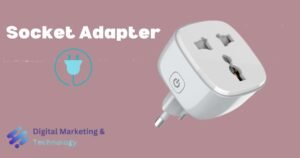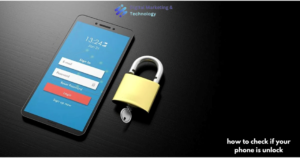IoT sensors are transforming industries by combining smart data collection with artificial intelligence to create intelligent, automated systems that make real-time decisions. This powerful combination of AI powered IoT sensors is revolutionizing everything from manufacturing floors to hospital rooms, creating smarter environments that respond and adapt without human intervention.
This guide is perfect for business leaders, IT professionals, and technology enthusiasts who want to understand how IoT sensors AI applications are solving real business challenges across different sectors. Whether you’re exploring smart manufacturing automation for your factory or considering IoT healthcare monitoring solutions, you’ll discover practical examples that show exactly how these technologies work in action.
We’ll explore three key areas where intelligent sensor networks are making the biggest impact: First, we’ll dive into smart manufacturing and industrial automation, showing how connected sensor technology is preventing equipment failures and optimizing production lines. Then we’ll examine smart cities and urban infrastructure, where IoT energy management and smart city IoT solutions are reducing costs while improving citizen services. Finally, we’ll look at healthcare and retail applications, including how smart retail analytics and IoT healthcare monitoring are creating better experiences for patients and customers alike.
These aren’t just future concepts – they’re working solutions that companies are using right now to save money, improve safety, and deliver better services.
Table of Contents
Smart Manufacturing and Industrial Automation
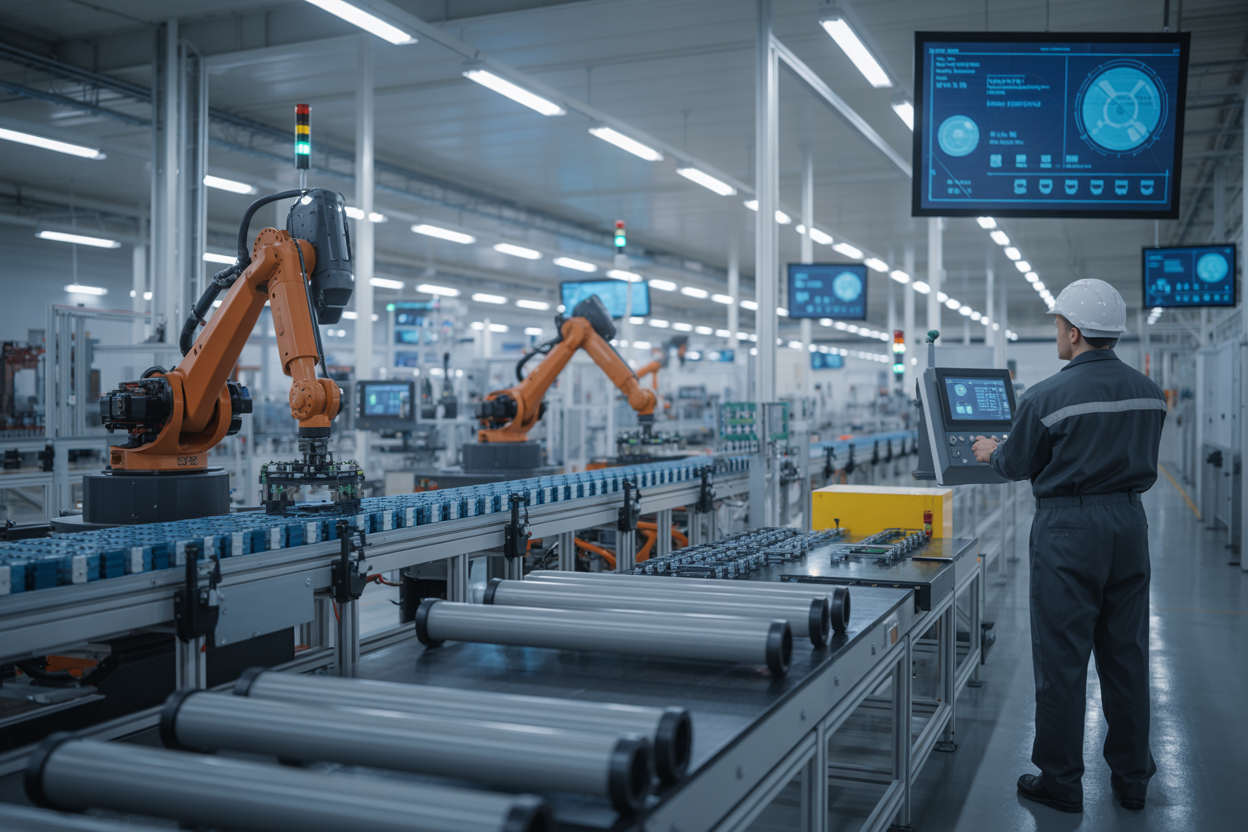
Enterprise Asset Management for Real-Time Visibility
IoT sensors with AI applications enable comprehensive real-time monitoring of factory equipment and machinery performance. Smart manufacturing automation systems collect valuable operational data through connected sensor technology, providing instant insights into machine status and production metrics. This real-time visibility allows operators to monitor factory processes remotely and make data-driven decisions to optimize operations.
Predictive Maintenance to Reduce Equipment Downtime
AI powered IoT sensors analyze equipment data to predict failures before they occur, enabling timely maintenance interventions. Industrial IoT sensors continuously monitor machine performance, detecting anomalies that indicate potential issues. This predictive approach minimizes unexpected downtime, reduces repair costs, and ensures consistent production throughput across manufacturing operations.
Industrial Process Optimization and Workflow Automation
Intelligent sensor networks enable autonomous operations by automating decision-making processes throughout production lines. AI-powered systems optimize production schedules and resource allocation for maximum efficiency, while IoT devices facilitate seamless communication between connected machines. This convergence creates enhanced collaboration across manufacturing systems, reducing bottlenecks and improving overall operational efficiency.
Energy Management Systems for Cost Reduction
Smart manufacturing facilities leverage IoT energy management solutions to monitor and optimize power consumption across industrial operations. Connected devices track energy usage patterns in real-time, while AI algorithms identify opportunities for cost reduction through improved resource utilization. These systems enable factories to scale operations efficiently while maintaining optimal energy performance and reducing operational expenses.
Smart Cities and Urban Infrastructure
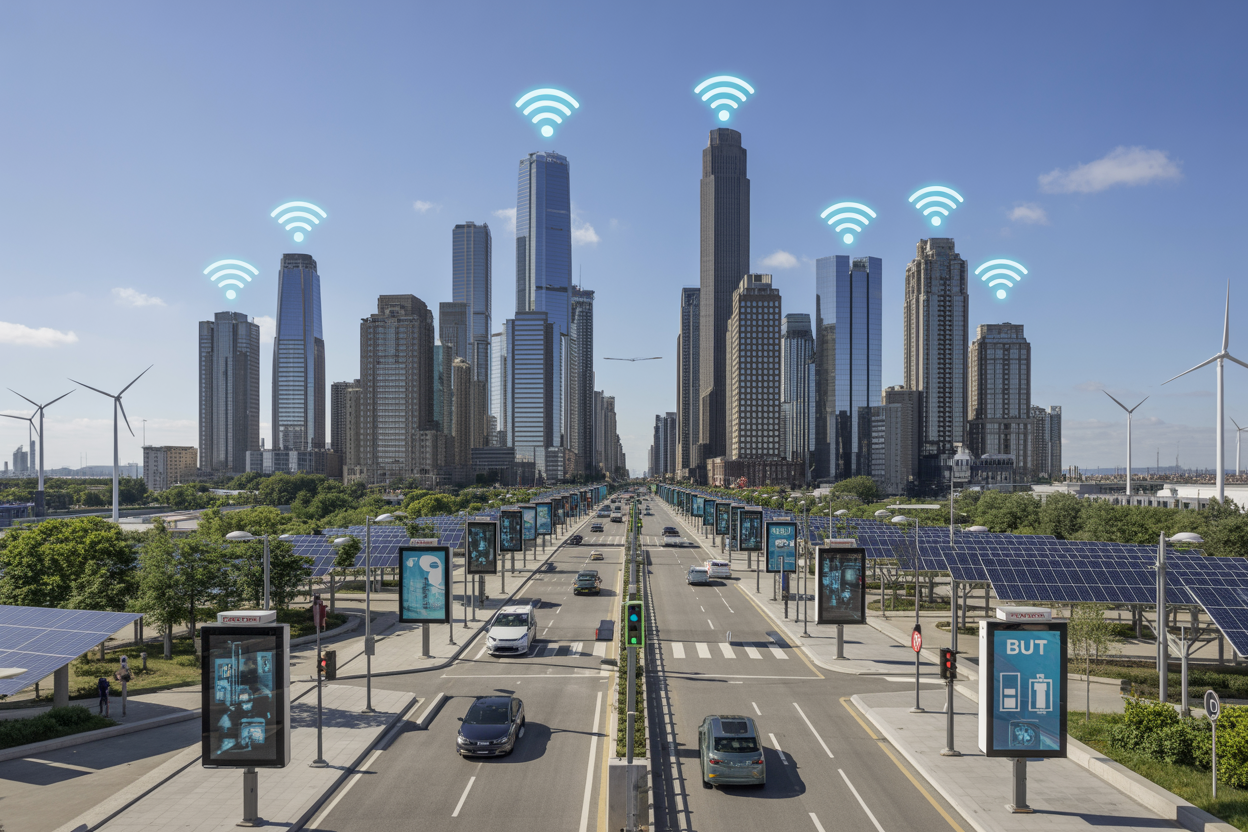
Outdoor Surveillance with AI-Powered Video Analytics
IoT-connected cameras equipped with AI-driven facial recognition and object detection software are revolutionizing urban surveillance by identifying suspects and monitoring public spaces in real time. These intelligent sensor networks enable law enforcement agencies to enhance public safety through automated threat detection and instant alerts when suspicious activities are identified.
Smart Lighting Systems for 70% Energy Savings
Smart cities are leveraging IoT sensors and AI applications to create energy-efficient lighting solutions that dramatically reduce power consumption. AI-powered street lights can automatically adjust brightness based on real-time data analysis of foot traffic, weather conditions, and ambient light levels, delivering substantial energy savings while maintaining optimal illumination for public safety and community needs.
Traffic Management and Electronic Toll Collection
Connected sensor technology enables sophisticated traffic optimization systems that use AI algorithms to analyze real-time traffic patterns and automatically adjust signal timing during peak hours and emergencies. IoT sensors integrated throughout urban infrastructure collect comprehensive data on vehicle flow, congestion patterns, and road usage, allowing AI systems to optimize routes and reduce travel times for citizens.
Public Transport Optimization and Real-Time Updates
Smart city IoT solutions are transforming public transportation by providing passengers with accurate, real-time information about bus and train schedules, delays, and capacity. IoT sensors monitor vehicle locations, passenger loads, and route conditions, while AI processes this data to predict arrival times and optimize service delivery for improved urban mobility.
Smart Parking Solutions to Reduce Congestion
Intelligent sensor networks deployed in parking areas use IoT technology to monitor space availability and guide drivers to open spots through mobile applications. This connected approach reduces traffic congestion caused by vehicles searching for parking, while AI analytics help city planners optimize parking resource allocation based on usage patterns and demand forecasting.
Noise Monitoring for Regulatory Compliance
IoT sensors equipped with acoustic monitoring capabilities track noise levels across urban environments, providing cities with essential data for regulatory compliance and quality of life improvements. AI-powered analytics process this audio data to identify noise pollution sources, monitor compliance with municipal noise ordinances, and generate actionable insights for urban planning decisions.
Structural Health Monitoring for Preventive Maintenance
Smart cities are implementing IoT sensors for predictive maintenance of critical infrastructure including bridges, buildings, and roads. These connected systems continuously monitor structural integrity parameters while AI algorithms analyze the data to detect potential failures before they occur, enabling cities to schedule timely repairs, reduce maintenance costs, and prevent catastrophic infrastructure failures.
Waste Management Route Optimization
AI-powered IoT sensors in smart bins optimize waste collection routes by monitoring fill levels and usage patterns throughout the city. This intelligent approach reduces operational costs, minimizes environmental impact, and ensures efficient resource allocation by directing collection vehicles only to bins that require servicing based on real-time capacity data.
Water Resource Management and Conservation
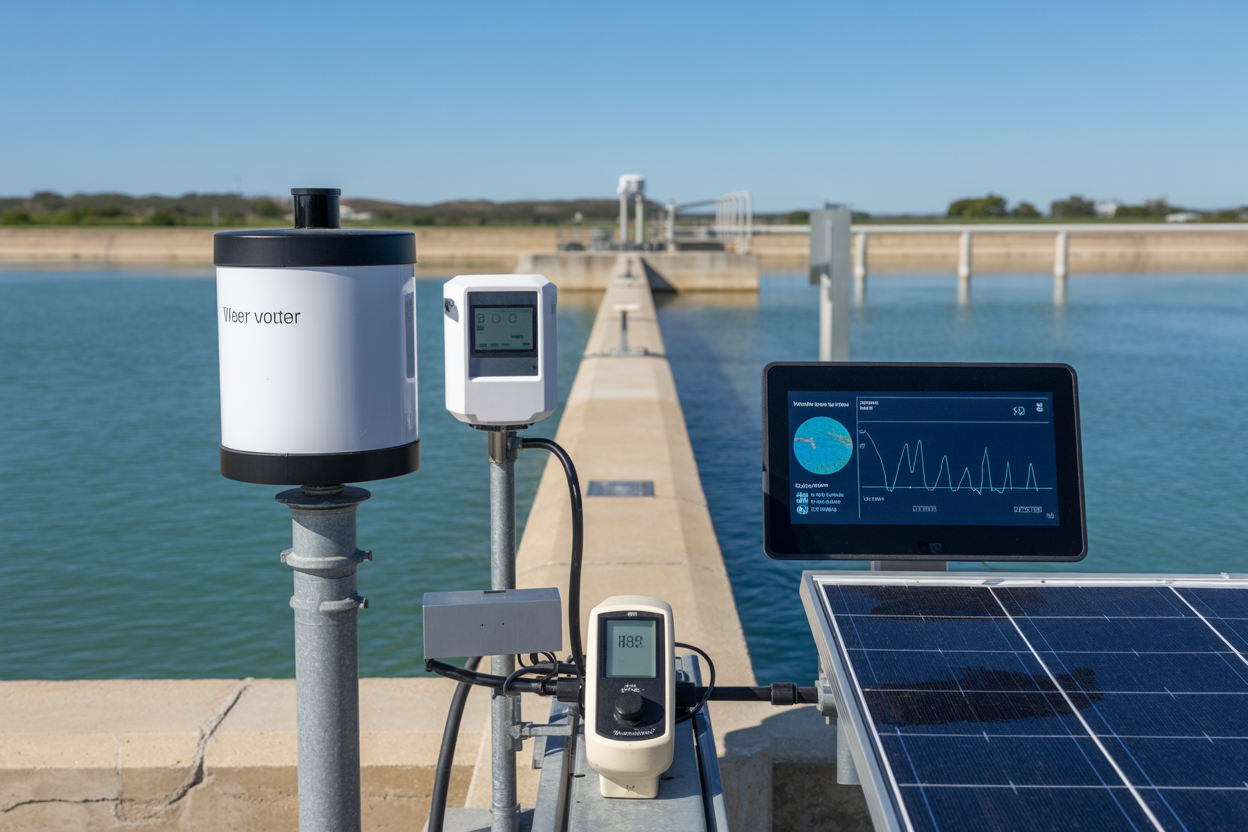
Water Conservation with Automated Tank Monitoring
IoT water level sensors revolutionize water conservation by providing continuous, real-time data on water levels in tanks, reservoirs, and distribution systems. These advanced sensors integrate with smart water management platforms to achieve unprecedented levels of control and efficiency. By monitoring water storage tanks and tracking water flow in distribution systems, businesses can optimize pump operations and ensure regulatory compliance while significantly reducing operational costs.
Smart Irrigation Based on Soil Moisture and Weather Data
AI-powered smart irrigation systems leverage IoT sensors to optimize water usage by integrating weather data, soil moisture levels, and real-time analytics. These systems incorporate weather-based controllers that adjust watering schedules automatically based on local weather conditions, while soil moisture sensors prevent unnecessary watering when soil is already adequately moist. The integration of flow sensors enables early detection of irrigation system leaks, and GPS technology creates zone-specific watering plans based on plant types, soil conditions, and sun exposure.
Leakage Detection for Early Problem Identification
Advanced leak detection systems utilize AI-powered IoT sensors to identify pipeline failures and water losses in real-time, minimizing waste before major issues occur. Machine learning models analyze water pressure and flow variations to predict potential system failures, while acoustic sensors detect underground leaks with high precision. These smart technologies send real-time alerts to maintenance teams when potential leaks are detected, providing exact leak locations and severity assessments through mobile applications.
Water Quality Management for Safety Compliance
AI continuously monitors critical water quality parameters including pH levels, turbidity, chlorine, and microbial contaminants to ensure safe drinking water standards. Machine learning algorithms predict pollution risks by analyzing real-time environmental data, enabling early detection of water contamination in urban supply networks. This comprehensive monitoring approach ensures regulatory compliance while providing 24/7 autonomous monitoring that eliminates manual testing requirements and delivers lab-accurate, EPA-compliant results.
Healthcare and Digital Health Solutions
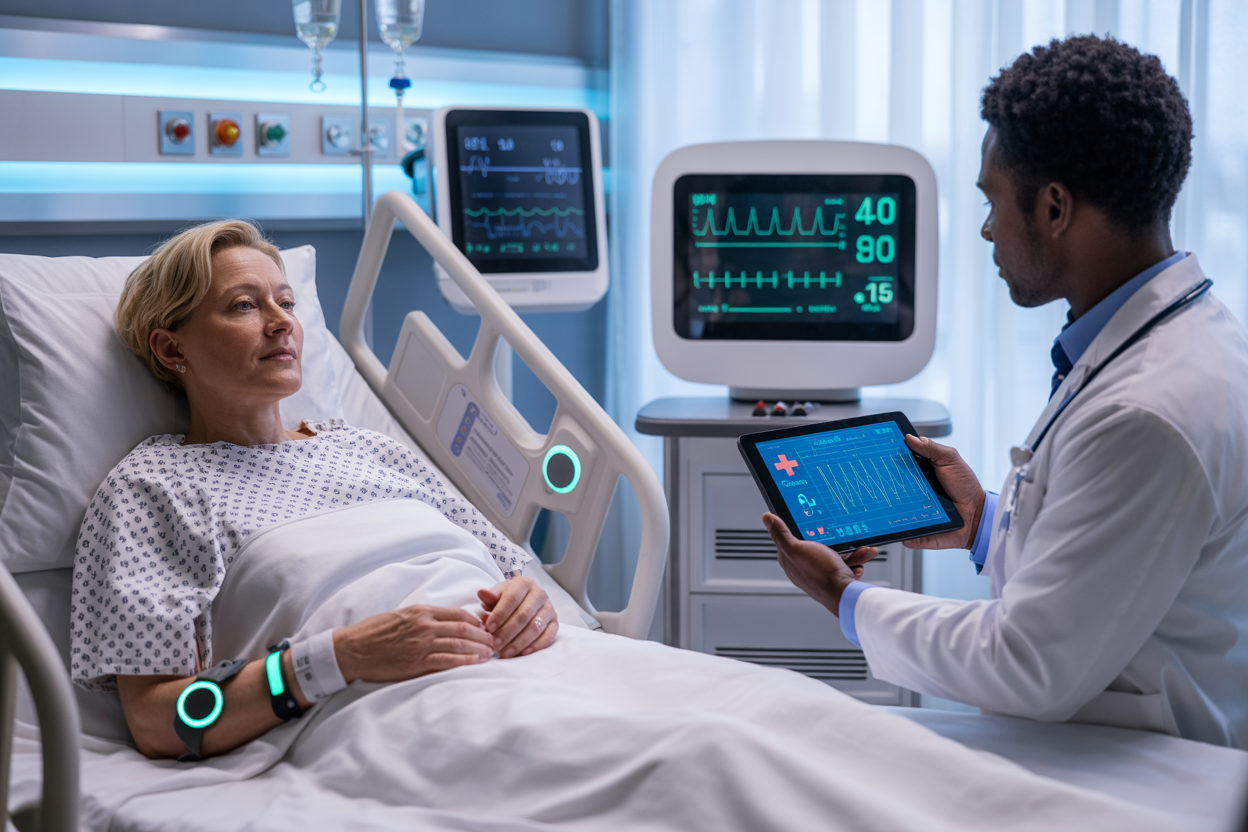
UV Radiation Monitoring for Skin Protection
IoT sensors equipped with AI algorithms can continuously monitor UV radiation levels and provide real-time skin protection recommendations. These intelligent devices analyze environmental conditions and individual exposure patterns to generate personalized alerts, helping prevent skin damage and reduce cancer risks through automated monitoring systems.
Fall Detection Systems for Elderly Safety
Advanced IoT sensors with AI capabilities can detect sudden movements and posture changes that indicate falls in elderly patients. These systems automatically alert healthcare providers and family members, enabling rapid response times and potentially life-saving interventions for vulnerable populations.
Companion Robots for Social Isolation Prevention
AI-powered companion robots equipped with IoT sensors can monitor social interaction patterns and emotional states of patients experiencing isolation. These intelligent systems provide companionship while collecting data on mood changes and behavioral patterns to support mental health interventions.
Medical Refrigeration Monitoring for Vaccine Safety
IoT sensors with AI monitoring continuously track temperature, humidity, and storage conditions for vaccines and medical supplies. These systems ensure optimal storage environments and automatically alert healthcare facilities when conditions deviate from safe parameters, protecting valuable medical resources.
Remote Patient Monitoring to Reduce Hospital Readmissions
IoT healthcare monitoring systems enable continuous tracking of patient vital signs and health metrics from home environments. These AI-powered solutions collect real-time data on heart rate, blood pressure, and other critical indicators, allowing healthcare providers to intervene before conditions worsen and reduce unnecessary hospital readmissions.
Wearable Health Devices for Continuous Vital Sign Tracking
Connected IoT sensors in wearable devices provide continuous monitoring of glucose levels, heart rate, and other vital signs with approximately 90 percent accuracy rates. These intelligent systems automatically collect and analyze health data, eliminating manual record-keeping while enabling healthcare professionals to track patient conditions remotely and make data-driven treatment decisions.
Smart Retail and Supply Chain Management
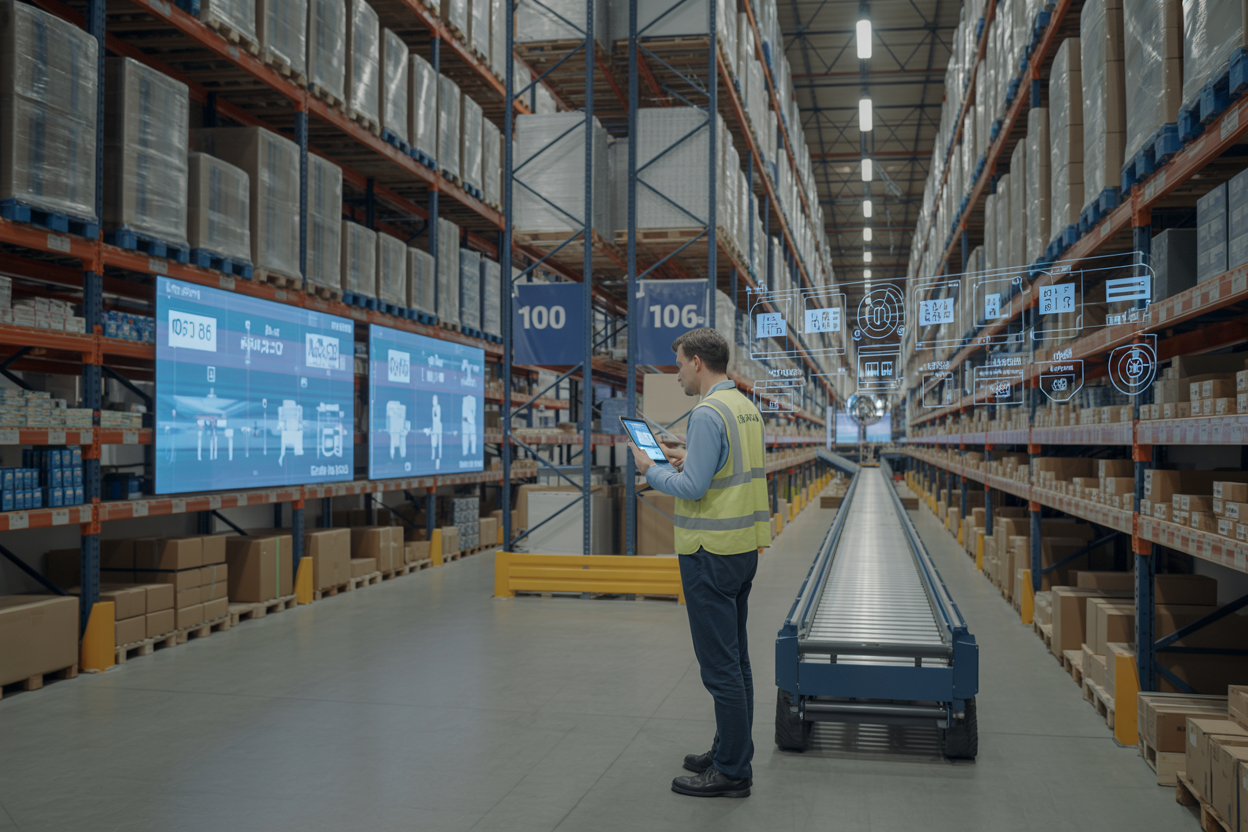
Supply Chain Control with GPS and Environmental Tracking
IoT sensors with AI capabilities transform supply chain visibility through real-time asset tracking and environmental monitoring. GPS-enabled devices provide continuous location data for goods in transit, while environmental sensors monitor critical conditions like temperature, humidity, light exposure, and vibration levels. This comprehensive tracking system is particularly vital for industries like food, beverage, medical, and pharmaceuticals where product integrity depends on maintaining optimal storage and transportation conditions.
Near-Field Communication Payment Systems
Smart retail environments leverage Near-Field Communication (NFC) technology integrated with AI-powered IoT sensors to enable seamless transaction processing. These automated checkout systems reduce fraud detection through intelligent sensor networks while minimizing the need for manual oversight. The combination of sensors and AI creates smart checkout experiences that streamline operations, improve transaction accuracy, and enhance customer satisfaction by eliminating traditional payment bottlenecks.
Store Layout Optimization Through Customer Behavior Analysis
Connected sensor technology deployed throughout retail spaces captures valuable customer behavior data that AI algorithms analyze to optimize store layouts. These intelligent sensor networks track customer movement patterns, dwell times, and product interactions to provide actionable insights for merchandising decisions. Real-time analytics enable retailers to make data-driven adjustments to product placement, aisle configurations, and traffic flow optimization that directly impact sales performance and customer experience.
Smart Product Management for Automated Merchandising
AI-powered IoT sensors revolutionize inventory management through automated systems that handle picking, packing, and routing processes. Smart warehousing solutions use IoT-enabled devices to streamline order fulfillment, reduce human error, and accelerate delivery times. These automated merchandising systems provide real-time inventory tracking, predictive maintenance capabilities, and intelligent stock level optimization that prevents both stockouts and overstocking scenarios while maintaining operational efficiency across the entire supply chain network.
Smart Workplace and Employee Analytics
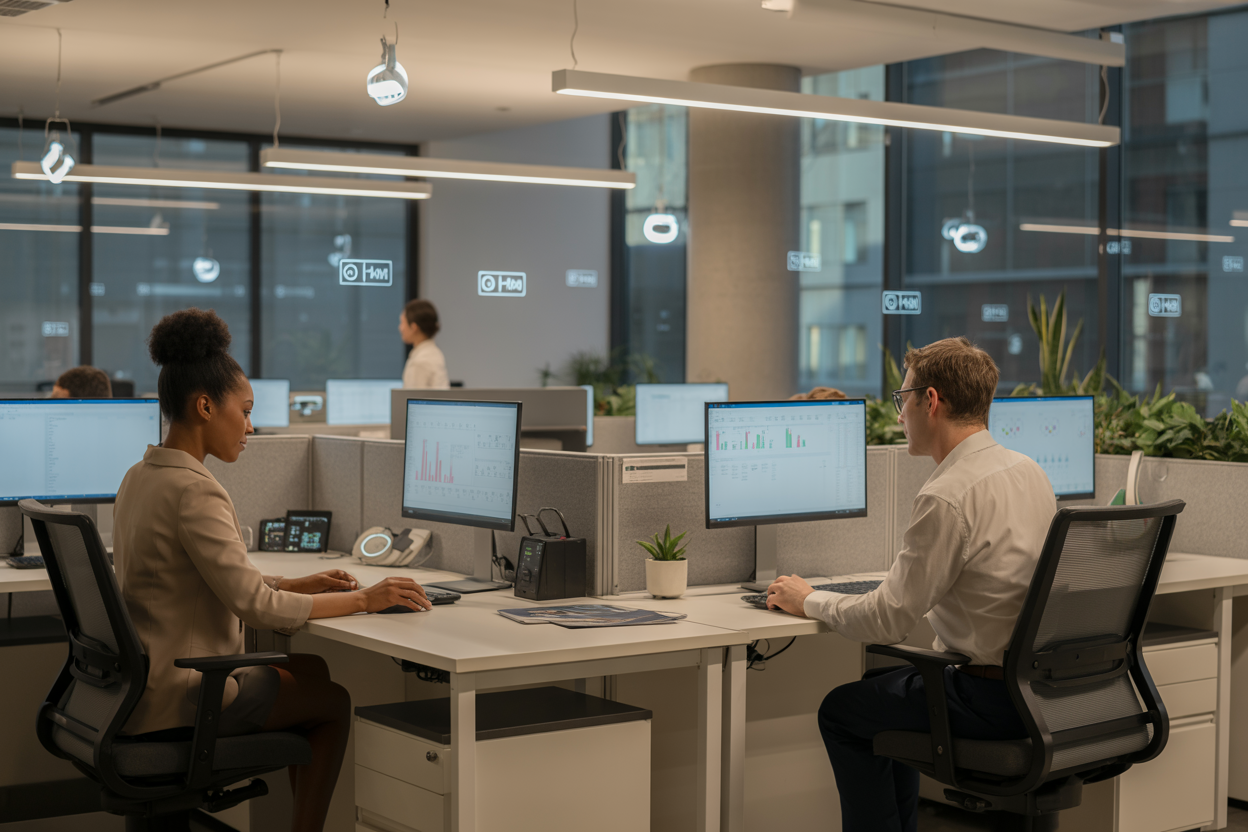
Sociometric Badges for Team Interaction Analysis
IoT sensors integrated with AI are revolutionizing workplace analytics through sociometric badges that track team interactions and communication patterns. These wearable devices monitor employee movements, proximity to colleagues, and conversation frequency, providing valuable insights into organizational dynamics. The collected data helps identify collaboration bottlenecks, optimal team configurations, and communication gaps that impact productivity.
Workplace Efficiency Optimization Through Data Insights
AI-powered IoT sensor networks analyze vast amounts of workplace data to optimize operational efficiency and employee performance. Smart sensors monitor environmental conditions, equipment usage patterns, and workflow dynamics to identify areas for improvement. This data-driven approach enables organizations to make informed decisions about resource allocation, space utilization, and process optimization, ultimately creating more productive work environments while enhancing employee satisfaction.
Smart Home Automation and Security
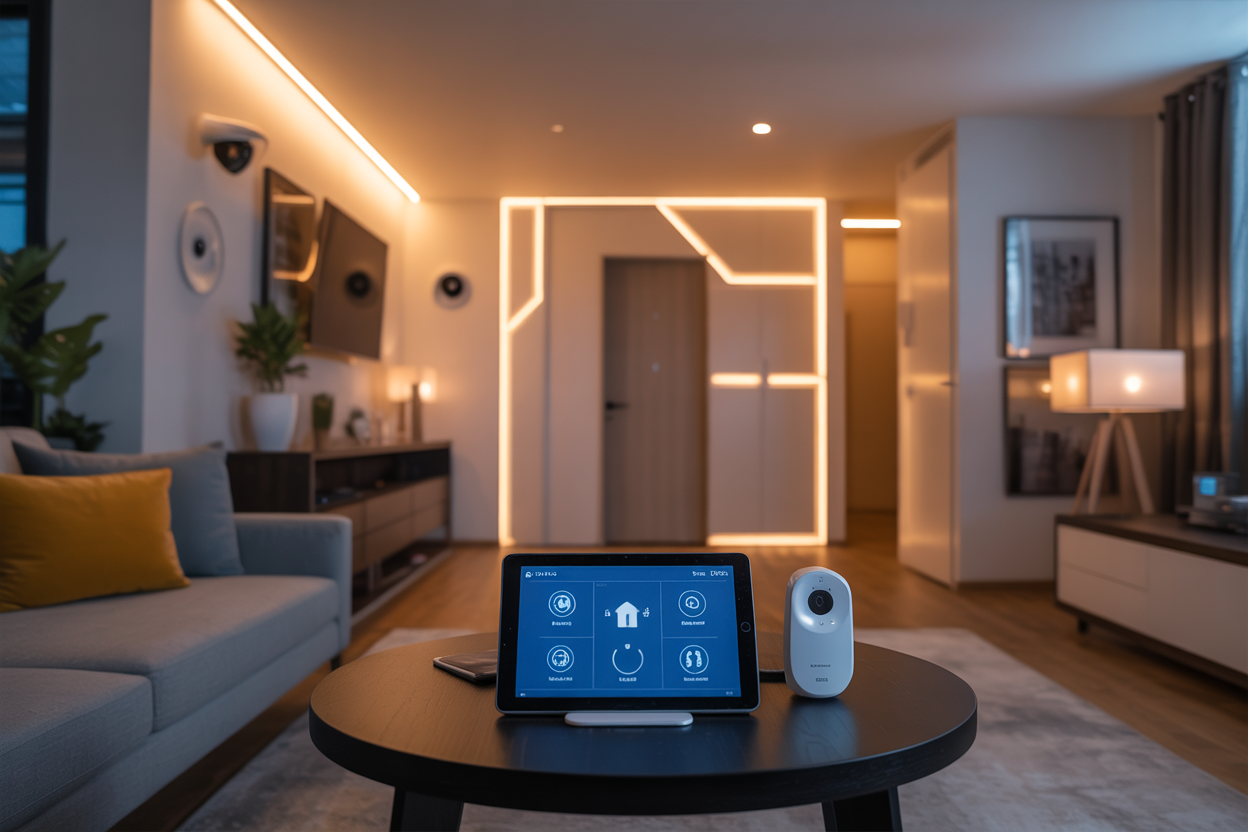
Remote Control Appliances for Energy Savings
IoT sensors integrated with AI enable homeowners to achieve remarkable energy efficiency through intelligent appliance management. AI-powered systems analyze real-time energy usage data from washing machines, dishwashers, air conditioners, and heating systems to identify consumption patterns and recommend optimal operating times during periods of lower electricity prices. Smart appliances equipped with IoT energy management capabilities can automatically operate during off-peak hours, while AI algorithms predict and adjust energy loads to minimize waste. Studies demonstrate that AI-optimized climate control technology and intelligent sensor networks can reduce energy bills by up to 30%, translating to annual savings of $200-$400 for average homeowners while promoting environmental sustainability.
Smart Lock Systems with Biometric Authentication
AI-enabled biometric entry systems represent a significant advancement in smart manufacturing automation principles applied to residential security. These sophisticated systems utilize fingerprint recognition, facial identification, and voice authentication to provide keyless entry while maintaining comprehensive security logs of all access attempts. AI powered IoT sensors embedded in smart locks can distinguish between family members, delivery personnel, and unknown individuals, automatically granting or denying access based on recognition algorithms. The integration of machine learning models, particularly Convolutional Neural Networks (CNNs), enables these systems to classify and identify individuals with high accuracy, while built-in security features log every unsuccessful attempt to provide homeowners with complete access control and monitoring capabilities.
Motion Detection for Enhanced Home Security
Connected sensor technology powered by AI transforms traditional motion detection into intelligent security systems that significantly reduce false alarms while enhancing protection. When smart cameras detect motion at entry points, AI algorithms employing computer vision and machine learning analyze video feeds to differentiate between humans, animals, and objects with remarkable precision. The system’s decision-making capabilities automatically determine appropriate responses: known family members trigger simple logging, scheduled deliveries prompt homeowner notifications, while unknown or suspicious individuals activate comprehensive security protocols including real-time smartphone alerts and emergency response coordination. Research indicates that smart city IoT solutions adapted for residential use have contributed to a 40% reduction in break-ins within smart neighborhoods, demonstrating the effectiveness of AI-driven surveillance systems in providing both proactive security measures and peace of mind for residents.
Smart Transportation and Logistics
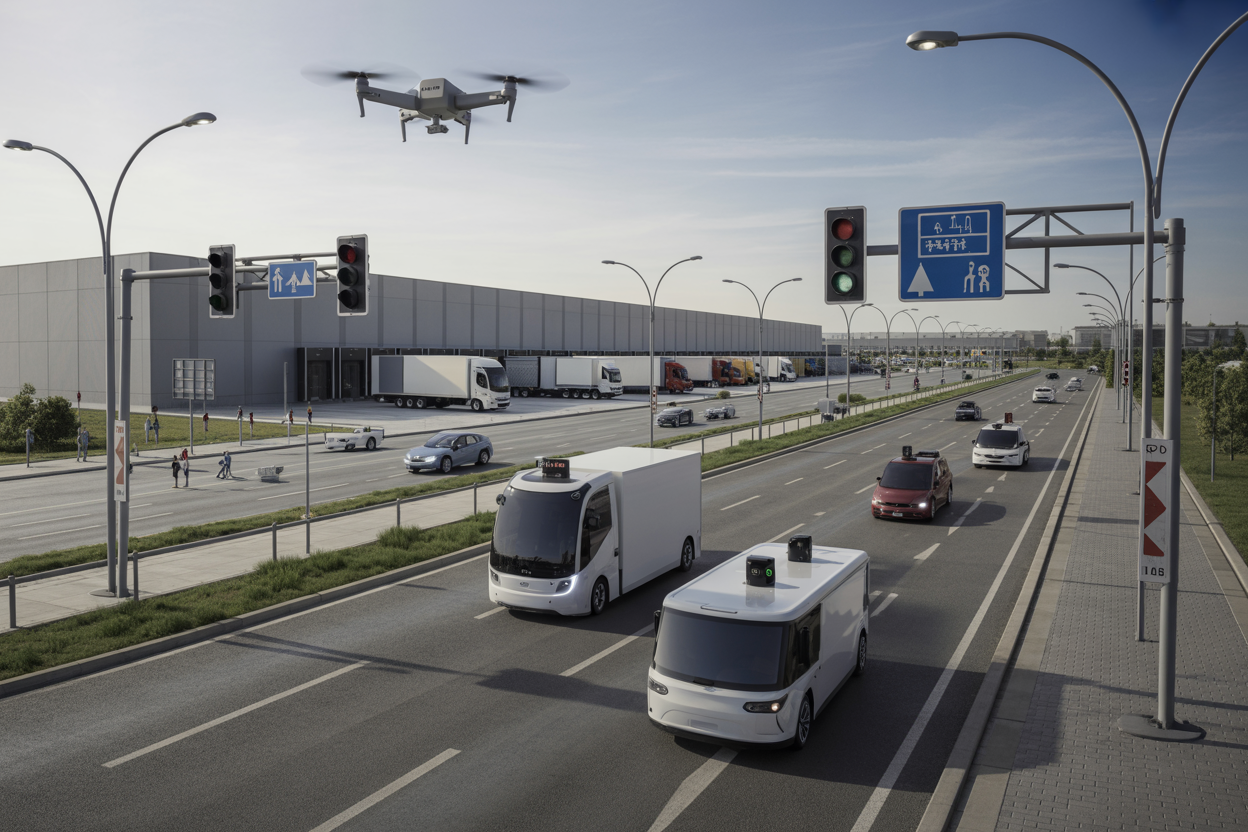
Fleet Tracking for Route Optimization and Cost Reduction
Modern IoT sensors integrated with AI capabilities are revolutionizing fleet tracking through sophisticated environmental condition monitoring systems. These advanced sensors provide temperature accuracy within ±0.1°C, humidity monitoring with ±2 percent RH precision, and multi-axis accelerometers for shock detection during transport. AI powered IoT sensors enable real-time route optimization based on current traffic, weather, and cargo condition data, while automatically adjusting transportation parameters such as refrigeration settings based on external temperature fluctuations and predicted arrival times.
Vehicle Platooning for Autonomous Truck Coordination
The integration of intelligent sensor networks with predictive equipment analytics creates comprehensive vehicle coordination systems for autonomous trucking. These systems incorporate vibration analysis for transport vehicle maintenance prediction, engine performance monitoring through OBD-II integration, and tire pressure monitoring systems with predictive failure analysis. Connected sensor technology processes multi-source sensor data to coordinate with warehouse management systems, optimizing receiving schedules based on real-time shipment condition data and executing contingency protocols when sensor data indicates potential cargo compromise.
Connected Vehicle Systems for Traffic Safety
Advanced IoT sensors AI applications in connected vehicles deploy gas sensors for atmospheric composition monitoring, light exposure sensors for photosensitive cargo, and spectrometric analysis for contamination detection in high-value shipments. These safety-focused sensor networks require edge computing capabilities for real-time processing of high-frequency sensor data, reliable cellular connectivity for remote tracking applications, and cybersecurity frameworks for protecting sensitive shipment data while maintaining predictable and ethical AI behavior throughout transportation operations.
Smart Metering and Energy Grid Management
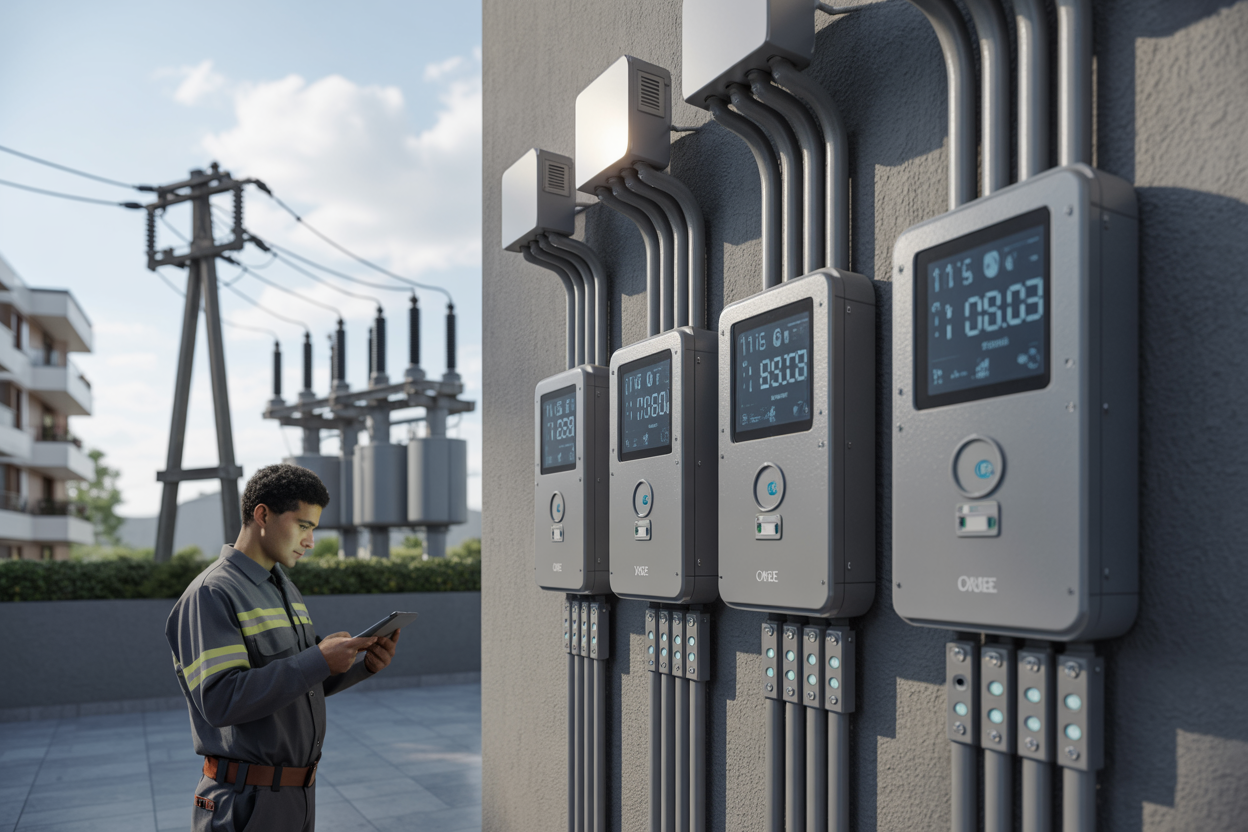
Smart Grid Technology for Energy Distribution Optimization
Smart grids integrate energy distribution and digital communication technology in a two-way flow of electricity and data, enabling utility companies to optimize generation, transmission, and distribution. IoT sensors across the network detect risks early, redistributing power to decrease outages and balance loads without direct operator intervention. AI-powered predictive analytics models combine data from advanced metering infrastructure with machine learning to provide more accurate forecasting of power loads and renewable energy generation than traditional approaches.
Digital Twin Creation for Model-Driven Business Decisions
Digital twin technology leverages IoT sensors and AI to create virtual replicas of energy grid infrastructure, enabling model-driven business decisions through real-time data analysis. These systems utilize Big Data from connected sensor networks to better integrate renewable and alternative power sources by learning to predict and manage intermittency while balancing inputs from prosumer players. The combination of IoT sensors with AI provides fast, actionable insights that allow utilities companies to make confident decisions in an increasingly competitive energy market environment.
Financial Services and Banking Innovation
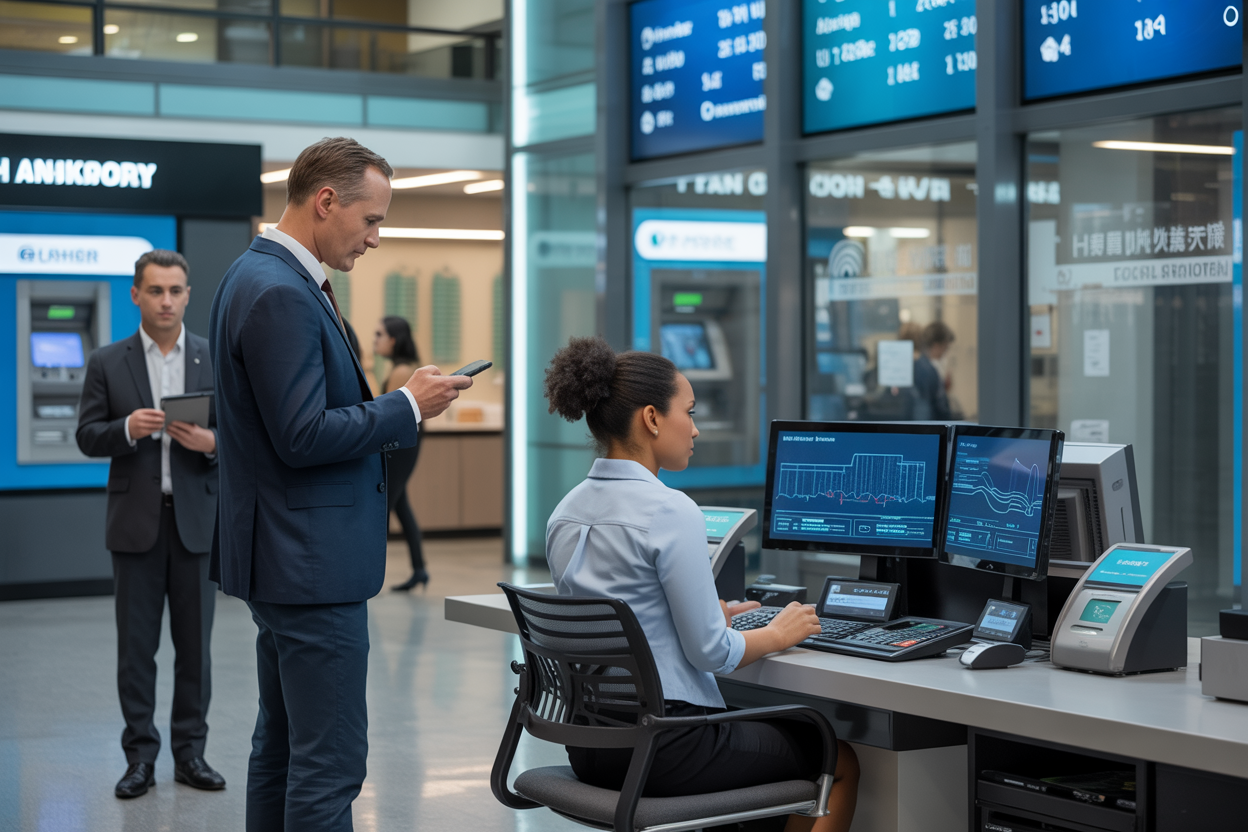
Wearable Payment Devices for Contactless Transactions
Wearable payment technology represents a transformative approach to contactless transactions, with smartwatches, fitness trackers, and payment rings enabling frictionless payments while capturing valuable behavioral data. These IoT-enabled devices integrate seamlessly with banking systems to provide context-rich customer insights that enhance personalization engines and improve targeting effectiveness across financial services.
IoT-Enabled ATMs with Self-Diagnostic Capabilities
Smart ATMs equipped with IoT sensors and telemetry capabilities are revolutionizing self-service banking through real-time device monitoring and predictive maintenance. These connected systems detect tampering attempts, report maintenance needs automatically, and optimize cash management through intelligent refill alerts, significantly reducing downtime while enhancing security across banking networks.
Blockchain-Based Banking Services for Enhanced Security
IoT integration with blockchain technology creates secure, transparent financial transactions that leverage real-time device authentication and encrypted data channels. This combination enables banks to implement Zero Trust architectures while maintaining full auditability for regulatory compliance, particularly important for meeting GDPR and PSD2 requirements in IoT-generated financial data management.
Indoor Navigation Solutions for Customer Service
Beacon technology and GPS-enabled systems transform branch experiences by detecting customer presence and providing location-aware services that optimize queue management and personalized engagement. These IoT solutions enable banks to deliver contextual promotions, priority queueing, and automated service routing based on real-time customer movement patterns within physical banking locations.
AI-Powered Mobile Banking Chatbots for 24/7 Support
IoT data integration enhances AI chatbot capabilities by providing situational context from connected devices, enabling more intelligent customer support that considers location, device status, and behavioral patterns. This convergence of IoT sensors AI applications with conversational banking creates responsive, context-aware support systems that operate continuously while reducing operational costs through automation.
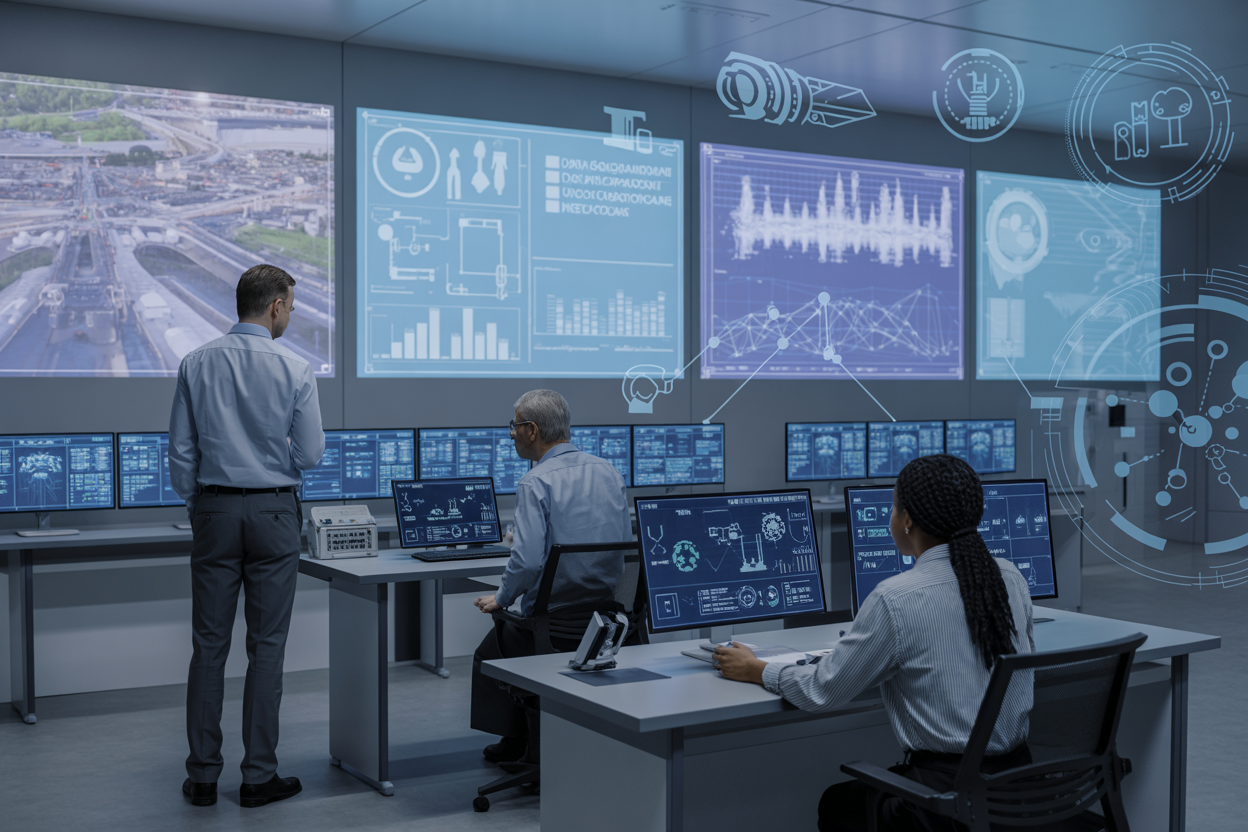
The integration of IoT sensors with AI is transforming industries worldwide, creating intelligent systems that optimize operations, enhance safety, and drive efficiency across sectors from manufacturing to healthcare. As we’ve explored, these applications range from predictive maintenance in smart factories to remote patient monitoring, smart city infrastructure, and autonomous fleet management. The synergy between IoT data collection and AI-powered analytics enables organizations to move from reactive to proactive decision-making, reducing costs while improving performance and user experiences.
With the worldwide IoT market expected to reach $934 billion by 2033, organizations that strategically implement AI-enhanced IoT solutions today will gain significant competitive advantages. The key to success lies in addressing challenges like data management, security, and interoperability while focusing on specific use cases that deliver measurable value. As these technologies continue to evolve, businesses should start with pilot projects in areas most relevant to their operations and gradually scale their IoT-AI implementations to unlock the full potential of this transformative technological convergence.


